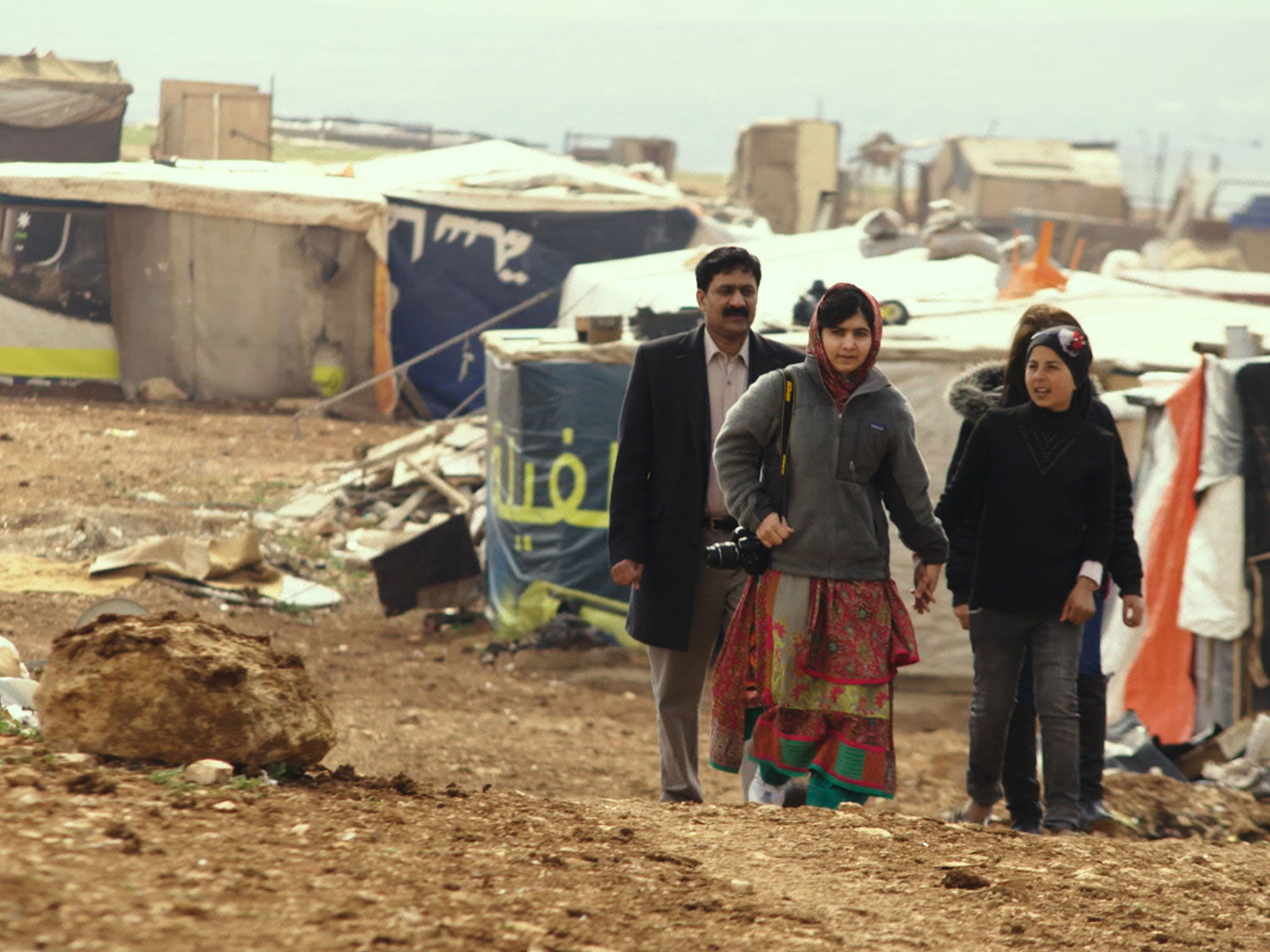He Named Me Malala, film review: Inspirational figure is portrayed as a modern-day Anne Frank
(PG) Davis Guggenheim, 87 mins

Your support helps us to tell the story
From reproductive rights to climate change to Big Tech, The Independent is on the ground when the story is developing. Whether it's investigating the financials of Elon Musk's pro-Trump PAC or producing our latest documentary, 'The A Word', which shines a light on the American women fighting for reproductive rights, we know how important it is to parse out the facts from the messaging.
At such a critical moment in US history, we need reporters on the ground. Your donation allows us to keep sending journalists to speak to both sides of the story.
The Independent is trusted by Americans across the entire political spectrum. And unlike many other quality news outlets, we choose not to lock Americans out of our reporting and analysis with paywalls. We believe quality journalism should be available to everyone, paid for by those who can afford it.
Your support makes all the difference.Malala Yousafzai is a truly inspirational figure, a teenager who won the Nobel Peace Prize while still studying for her GCSEs in Birmingham, but she isn't especially well-served by Davis Guggenheim's reverential documentary about her. Many of the elements here, from the animation to Thomas Newman's music, seem heavy-handed. In interviews, Malala is humorous and formidably articulate.
There is some engaging footage of her brothers, who are irreverent and very funny, and with her father, who named her Malala after a heroic and mythical Afghan resistance fighter from the 19th century. Guggenheim tells Malala's story: how she survived being shot in the head by the Taliban in the Swat Valley and how, after her recovery, she has continued to campaign tirelessly for women's rights and for children in war zones.
There is chilling archive footage of the Taliban burning CDs and TVs as well as harrowing material of Malala in the hospital, having a titanium plate fixed in her cheek after the shooting. The documentary captures well her precociousness, intelligence and bravery while also showing that she is still a very young woman who likes sometimes to be allowed to behave like a kid. The downside is the film's earnestly sanctimonious and stifling approach toward its central character, who is portrayed as if she is a modern-day Anne Frank.
Join our commenting forum
Join thought-provoking conversations, follow other Independent readers and see their replies
Comments